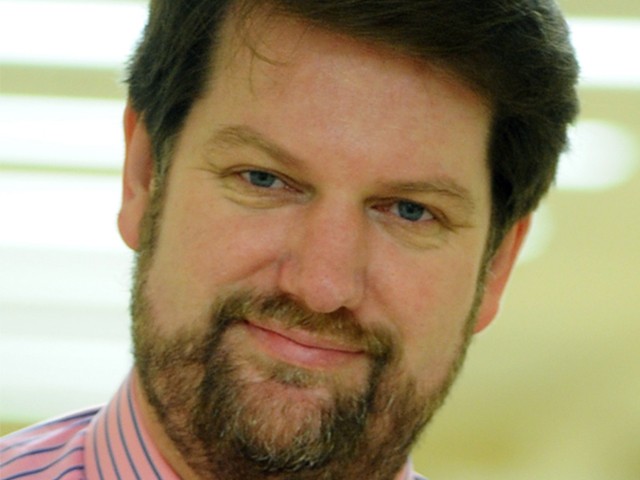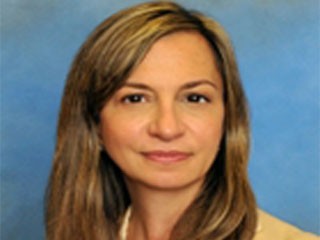Project Description
This proposal is the result of a PGIF planning grant, which provided funds to organize a symposium on “Challenges and Opportunities in Diagnosing, Monitoring, and Treating Peripheral Artery Disease (PAD) and Diabetic Foot Syndrome” at the Global Center Amman, Jordan. A delegation of 4 professors from Columbia’s engineering and medical schools attended this meeting and visited the Jordan University of Technology and Science (JUST) and its affiliated King Abdullah University Hospital (KAUH). The symposium offered the opportunity to interact with leading scholars from the Mideast, while the visit to JUST/KAUH allowed for discussions with university leaders and local research groups.
These activities proved to be highly informative and directly lead to the two main aspects of this proposal. First, to build on overwhelming interest encountered at the symposium, it was decided to form a Mideast Limb Salvage Consortium that brings together engineers and medical experts in diabetes. The consortium will be a vehicle for the exchange of ideas, research collaborations, and joint fundraising efforts. Second, we intend to focus on a particular research project that could generate data for follow up funding. To this end we propose to extend a current clinical study performed at CUIMC, which explores a novel optical technology for assessing the vasculature in PAD patients, to include 2 hospitals in Jordan. The Columbia team will build two imaging systems that will be transferred to JUST, where an engineering team will collaborate with physicians at KAUH and the Jordon University Hospital to perform a study involving at least 50 patients. The additional patient data will strengthen new NIH proposals to be jointly submitted. Furthermore, by having data from a Mideast population, follow up funding could be pursued from the Ministries of Health in Jordan and other Mideastern funding agencies in Qatar, the UAE, and Egypt.

